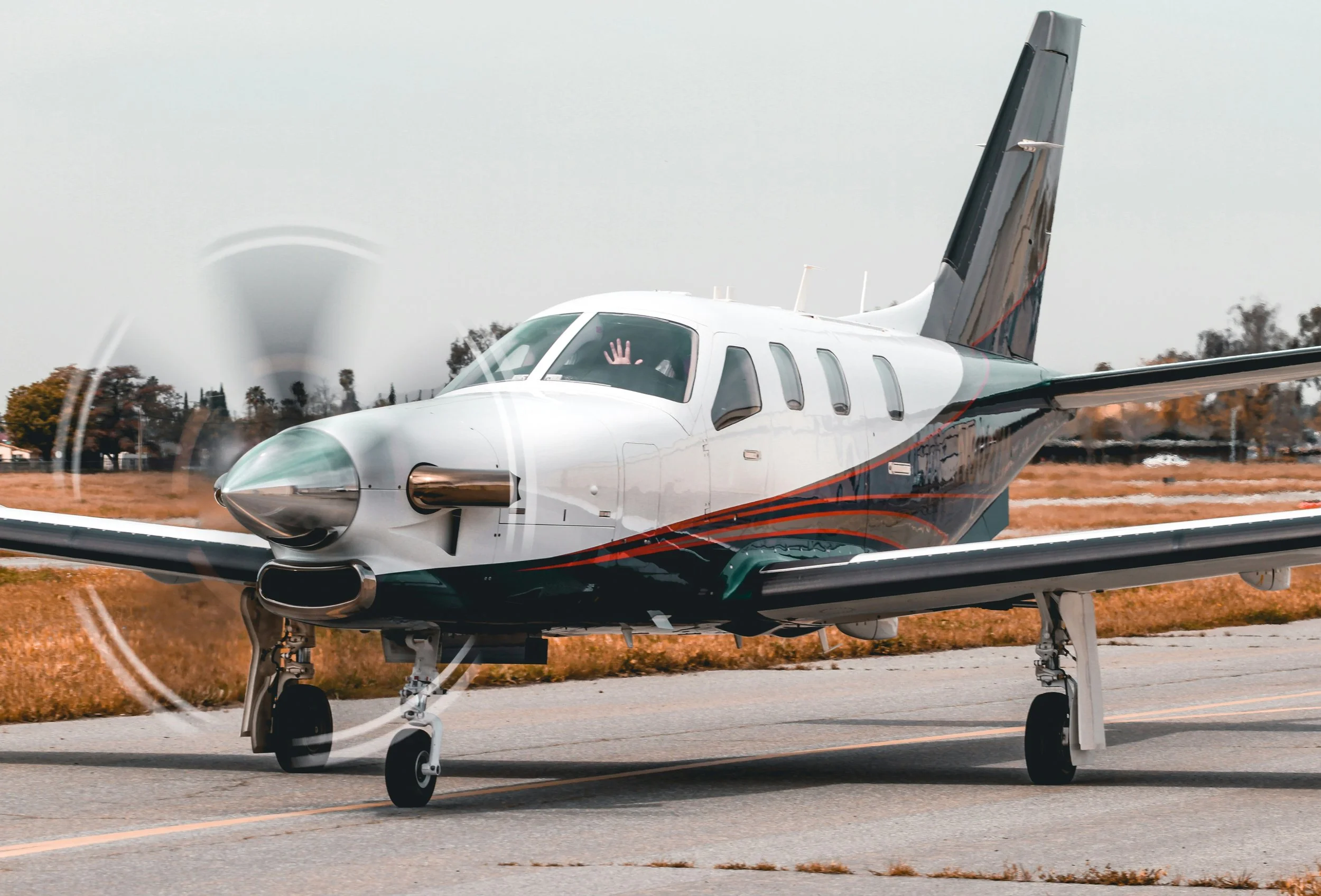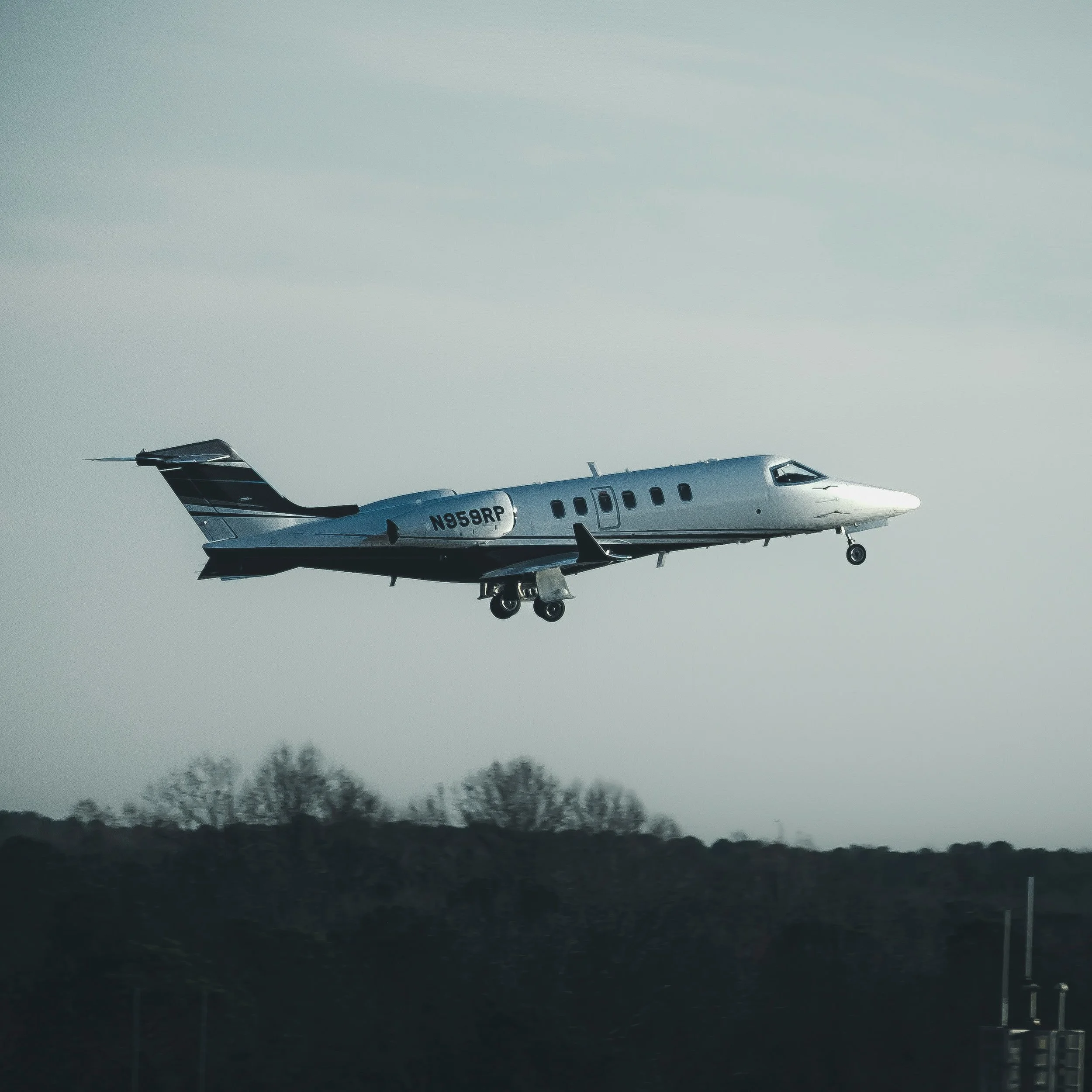Choosing Your Wings: Turboprops vs. Jets
When it comes to selecting the right aircraft for your business needs, the decision often boils down to two main categories: corporate turboprops and corporate jets. Each type of aircraft offers distinct advantages and can be suited to different types of travel profiles and preferences. At Reata Jet, we’re committed to helping you understand these differences so you can make the best choice for your company’s air travel needs.
Understanding Corporate Turboprops
Corporate turboprops are aircraft powered by turbine propeller engines. These planes are known for their reliability and efficiency, especially over short to medium distances. Popular models include the King Air 350, Pilatus PC-12, and Dash 8. They typically accommodate between 6 to 8 passengers and are excellent for flights under 1,000 miles.
Advantages of Corporate Turboprops:
Cost Efficiency: Turboprops are generally more economical than jets, both in terms of acquisition and operational costs. They consume less fuel and have lower maintenance and operational expenses.
Field Performance: Turboprops can take off and land on shorter runways and less conventional surfaces, such as grass or gravel, providing access to smaller, more remote airports.
Comfort: Modern turboprops are equipped with pressurized cabins and amenities that can rival those of jets, ensuring a comfortable flight experience even in noisy environments thanks to advanced soundproofing technologies.
Understanding Corporate Jets
Corporate jets, on the other hand, are designed for speed and luxury. They can cover longer distances faster and provide a higher level of comfort and prestige. These aircraft typically hold between 7 to 10 passengers and are ideal for non-stop longer-range flights over 2,000 miles. Popular models include the Citation X, Gulfstream G650, and the Bombardier Challenger 600 series.
Advantages of Corporate Jets:
Speed and Range: Jets are faster than turboprops, which means less time traveling and more time at your destination. They also have a greater range, making them suitable for international flights.
Higher Altitudes: Jets fly at higher altitudes where the air is less dense; this can translate into smoother flights with less weather interference.
Enhanced Prestige and Facilities: Offering more space, luxury, and in-flight amenities, jets are often equipped with features like full galleys, stand-up cabins, and advanced entertainment systems.
Choosing Between Turboprops and Jets
1. Consider Your Typical Flight Distance: If most of your business trips are short hauls, a turboprop might be the most efficient and economical choice. For longer, international trips where time saved is a significant factor, a jet would be more appropriate.
2. Evaluate Your Budget: Turboprops are less expensive to operate and maintain, making them a cost-effective solution for businesses looking to maximize their travel budget. Jets, while more costly, offer additional benefits that may justify the extra expense.
3. Airport Accessibility: If you frequently use smaller, regional airports that might not accommodate larger jets, turboprops could be the better choice due to their ability to operate in more rugged conditions and shorter runways.
4. Consider Passenger Comfort and Needs: For longer flights where comfort becomes more significant, the spacious and luxurious interiors of jets provide a more relaxed and productive environment.
At Reata Jet, our mission is to align our services with your specific flying needs, ensuring that each trip is as efficient, comfortable, and tailored as possible. Whether you opt for the rugged practicality of a corporate turboprop or the swift luxury of a corporate jet, we have the expertise and fleet to get you where you need to be. Reach out today to discuss your business’s unique aviation needs, and let us help you find the perfect air travel solution.



